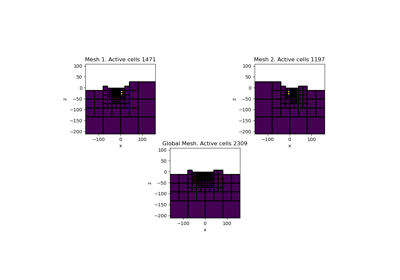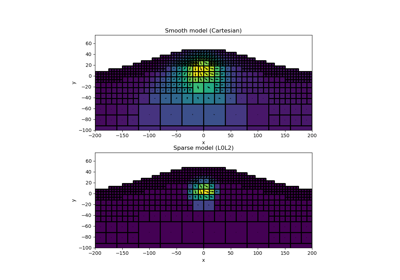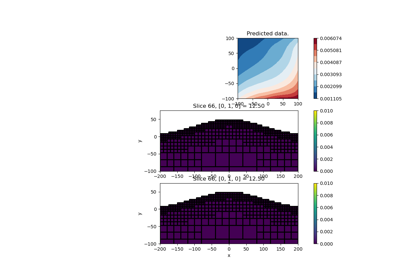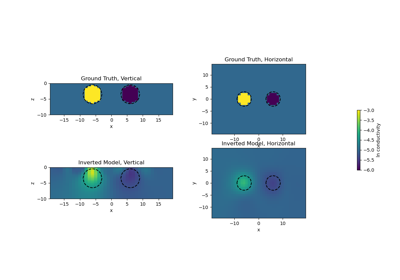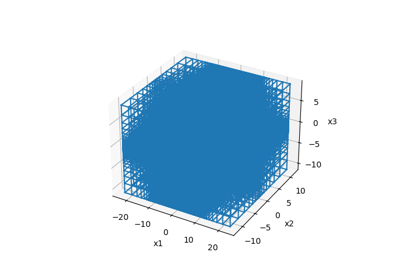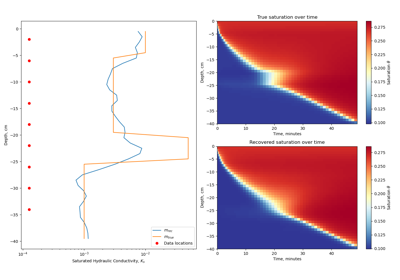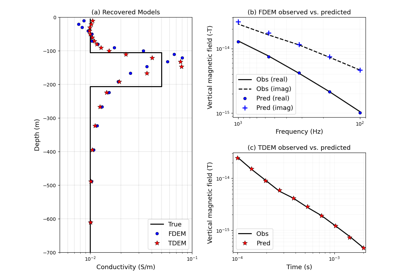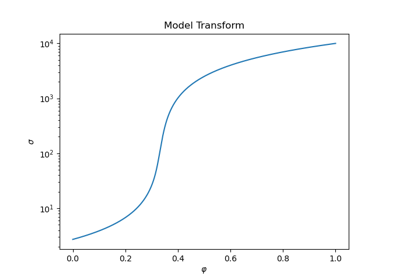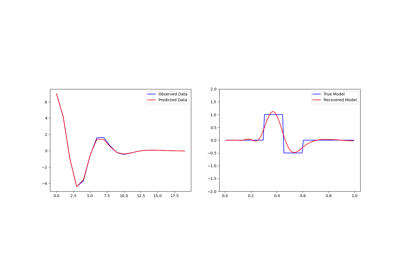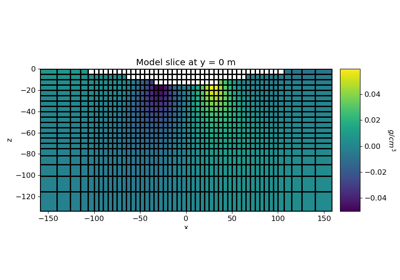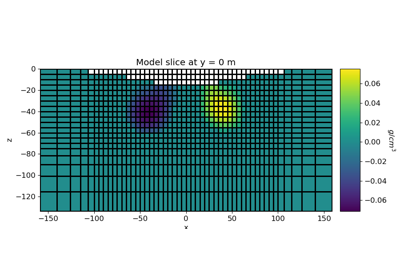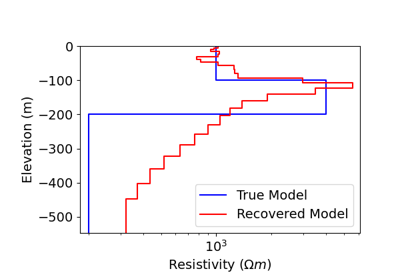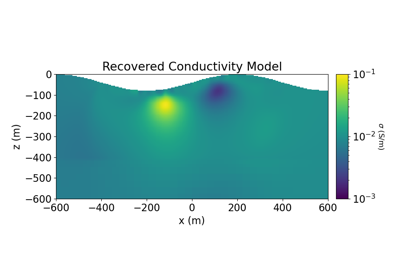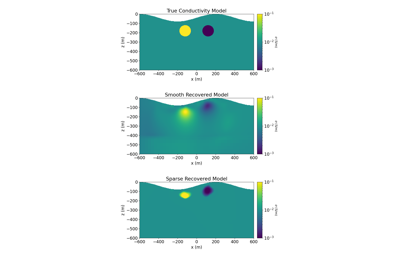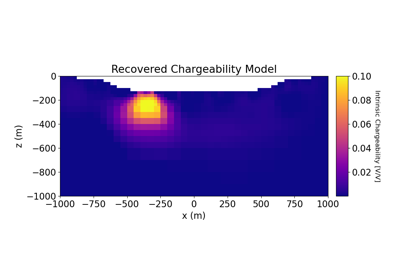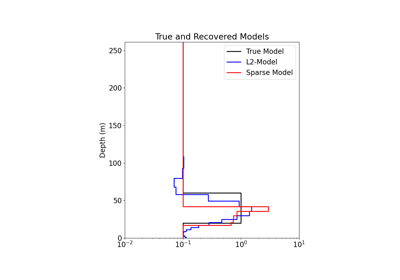simpeg.inverse_problem.BaseInvProblem#
- class simpeg.inverse_problem.BaseInvProblem(dmisfit, reg, opt)[source]#
Bases:
objectAttributes
Trade-off parameter
Set this to a simpeg.utils.Counter if you want to count things.
Whether to print debugging information.
The data misfit.
The inversion model.
The optimization routine.
The regularization object for the inversion
warmstart
Methods
evalFunction(m[, return_g, return_H])startup(m0)Called when inversion is first starting.
getFields
get_dpred
Galleries and Tutorials using simpeg.inverse_problem.BaseInvProblem#

Method of Equivalent Sources for Removing VRM Responses

Petrophysically guided inversion (PGI): Linear example
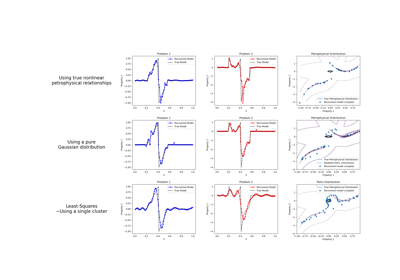
Petrophysically guided inversion: Joint linear example with nonlinear relationships
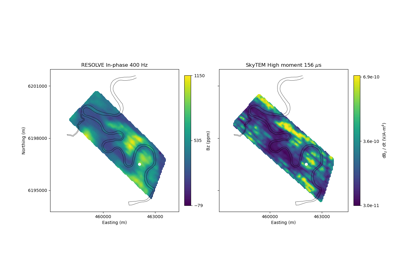
Heagy et al., 2017 1D RESOLVE and SkyTEM Bookpurnong Inversions

Heagy et al., 2017 1D RESOLVE Bookpurnong Inversion
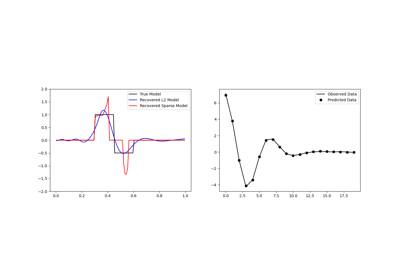
Sparse Inversion with Iteratively Re-Weighted Least-Squares
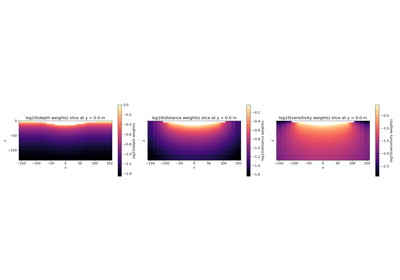
Compare weighting strategy with Inversion of surface Gravity Anomaly Data
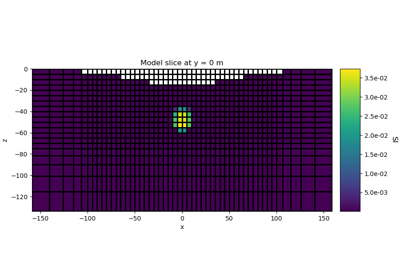
Sparse Norm Inversion for Total Magnetic Intensity Data on a Tensor Mesh

2.5D DC Resistivity and IP Least-Squares Inversion
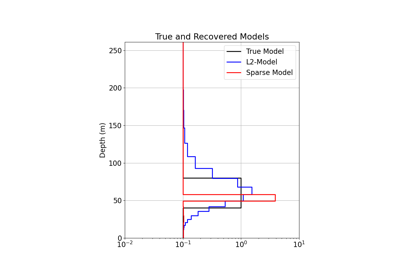
1D Inversion of Time-Domain Data for a Single Sounding
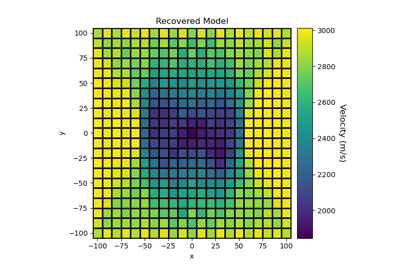
Sparse Norm Inversion of 2D Seismic Tomography Data
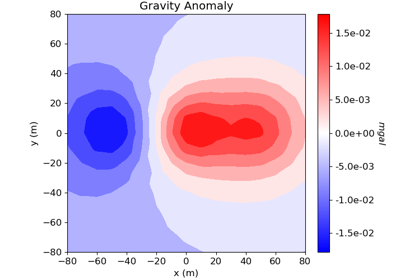
Cross-gradient Joint Inversion of Gravity and Magnetic Anomaly Data

Joint PGI of Gravity + Magnetic on an Octree mesh using full petrophysical information

Joint PGI of Gravity + Magnetic on an Octree mesh without petrophysical information


